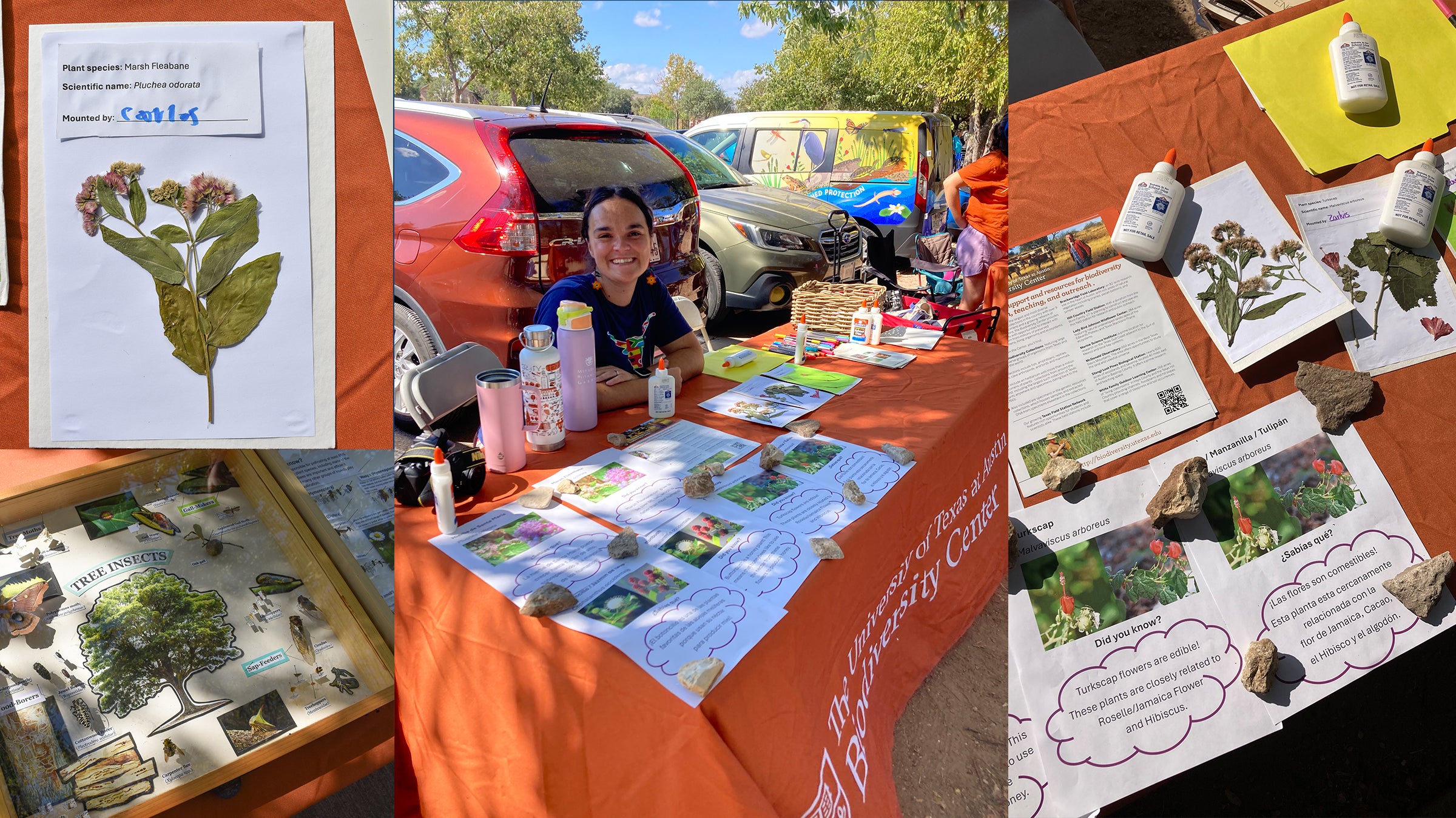
Photo: Sunasce007 - licensed under the Creative Commons Attribution-Share Alike 4.0 International license
Some make wishes while blowing their seeds into the wind. Others eat them or use them in medicine. And others frown when they see them popping up on their lawns. These are dandelions, probably a plant that just about everyone can identify, and one that evokes a range of emotions.
The scientific name of the is Taraxacum officinale. It’s a flowering herbaceous perennial plant of the family Asteraceae (Compositae). T. officinale is one of two species of dandelions widespread in North America. The other is the red-seeded dandelion, Taraxacum laevigtum, which appears very similar except in its fruit color and morphology. The word “dandelion” comes the French dent de lion (lion’s tooth) from the fact its leaves look like lion’s teeth. It is native to Europe and Asia, and was imported originally to North America as a food crop. It occurs in all fifty US states. The state of Wisconsin actually has the most acres of cultivated dandelions. Here in Texas, it’s interesting to note that large portions of counties have not reported the existence of dandelions. They do tend to be more urban growers.
Dandelions are relatives of the cultivated lettuce, Lactuca sativa. Members of the lettuce tribe (Lactuceae) share similarities in flower morphology and the production of usually milky latex.
Dandelions are relatives of the cultivated lettuce, Lactuca sativa. Members of the lettuce tribe (Lactuceae) share similarities in flower morphology and the production of usually milky latex.
The plant has jagged deeply toothed basal leaves that grow about two to sixteen inches long. It produces exclusively ligulate flowers, which are strap-shaped and contain both stamens and an ovary. The sap contains milky latex. The signature yellow flowers are followed by showy round seed heads. The plants are apomictic, which means they set seed without the need of pollination.
This is one reason the common dandelion is such a prolific producer. A single plant can produce around 5000 seeds a season. These seeds are carried by the wind for several hundred feet, and don’t need colder temperatures before germinating. It can grow in most soils, so it’s easy to understand how they show up just about anywhere.
Their abilities to proliferate easily causes headaches for some in agriculture. Their seed spread can contaminate crop and forage seeds. However, they can be a great source of nutritional diversity for pollinators in monocultures like blueberry farms. T. officinale is also food for the caterpillars of several butterflies and moth species (Lepidoptera), such as the tortrix moth (Celypha rufana). There are also several species of birds that eat the seeds. Since the plant is an early spring bloomer, it provides a much needed pollen source.
People also eat dandelion. Most of it can be eaten, actually. The leaves have a mustard green flavor, and can be eaten raw or cooked. They are nutritional, and very high in beta carotene, vitamin C, vitamin K, and iron. The root can be baked and ground into a powder to serve as a chicory substitute, (the related taxon, Cichorium intybus, is chicory) and are also a source of the sugar substitute inulin. Flowers are used in dandelion wine, of which there are many recipes.
If you are interested in eating dandelion, we advise you to not pick plants from sites where there have been pesticides, herbicides, or any other chemical in use.
The common dandelion also has medicinal uses. Its species name notes this as officinale means ‘of the apothecaries’ or ‘medicinal.’ The plant has been used in Traditional Chinese Medicine for at least 2000 years. Although the uses range from treating skin problems to protecting the liver, the plant is mostly noted as a diuretic. The French have a common name for the plant that humorously notes this: pissenlit, a noun composed of a conjugated form of the verb pisser (to piss).
Thank you to George Yatskievych, Curator in the Billie L. Turner Plant Resources Center
SOURCES
Betkowski, Bev. “Why you might want to leave those dandelions alone” Phys.org June 28, 2020. (accessed online: https://phys.org/news/2019-06-dandelions.html)
Edible Wildfood: Dandelion, Taraxacum officinale (accessed online: https://www.ediblewildfood.com/dandelion.aspx)
Introduced Species Summary Project: Dandelion (Taraxacum officinale) (accessed online: http://www.columbia.edu/itc/cerc/danoff-burg/invasion_bio/inv_spp_summ/Taraxum_officinale.htm)




